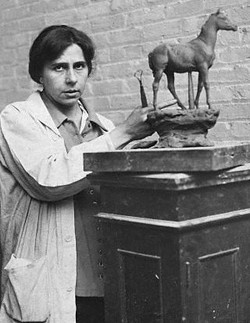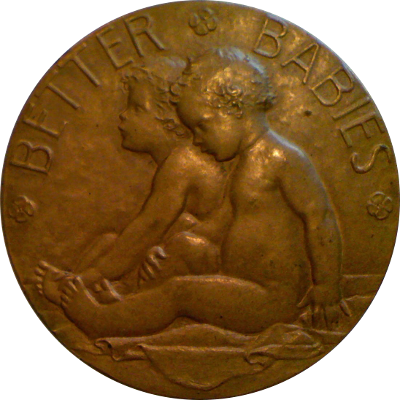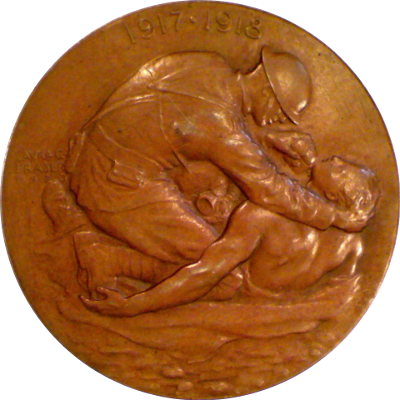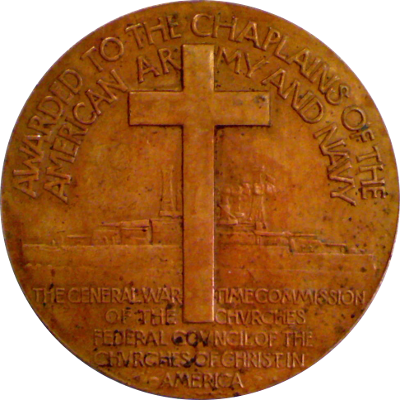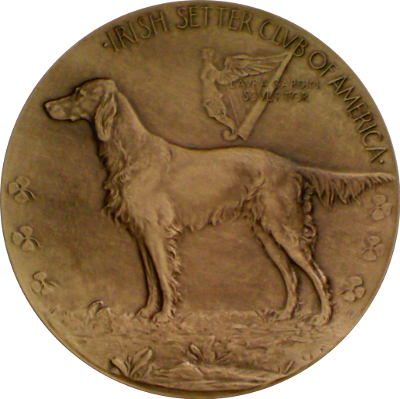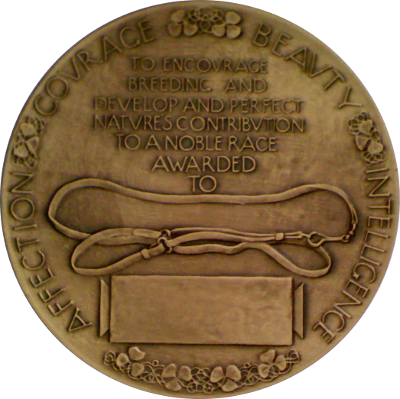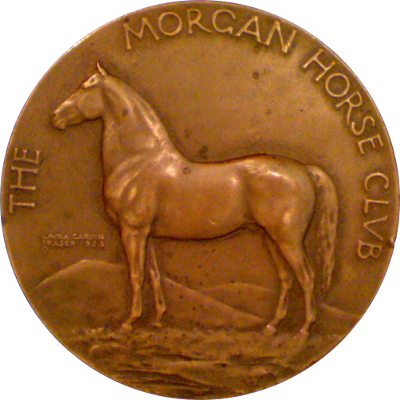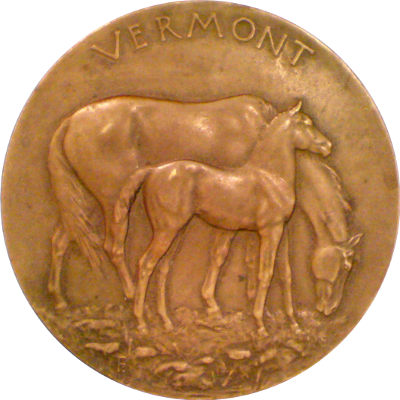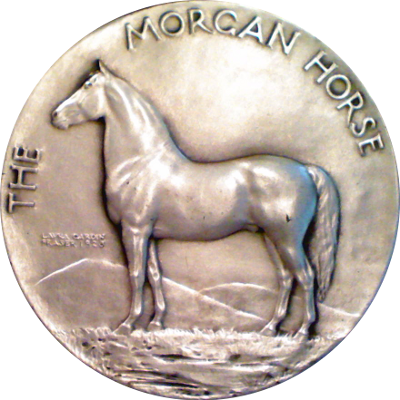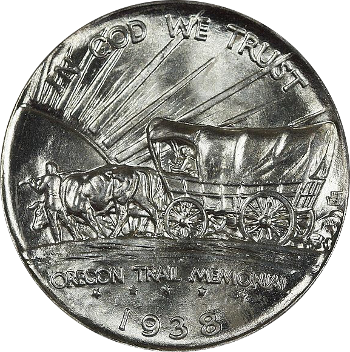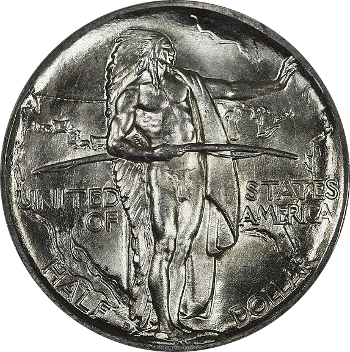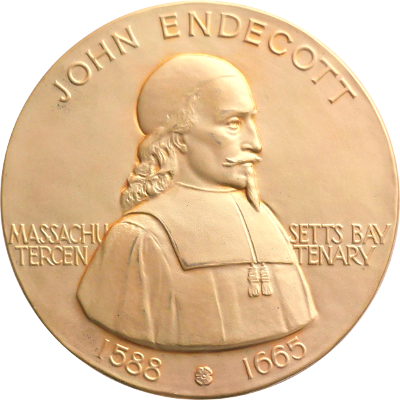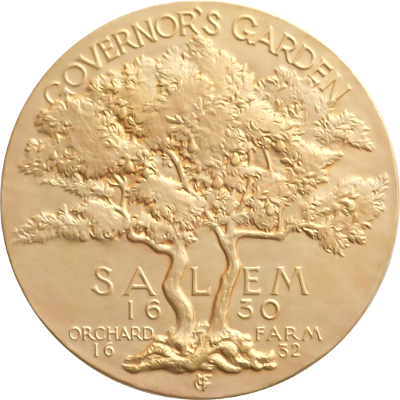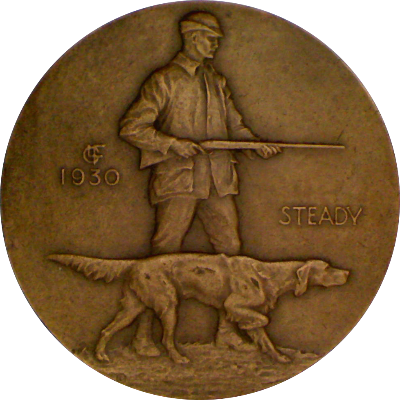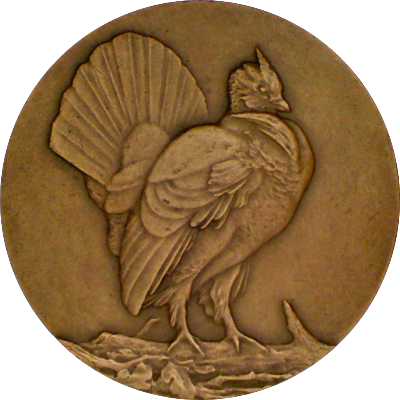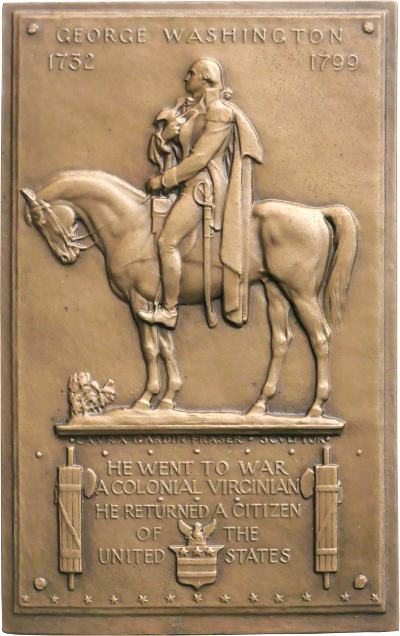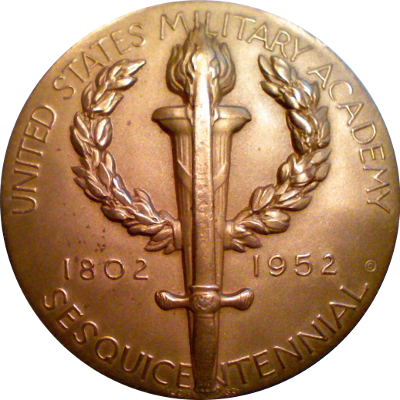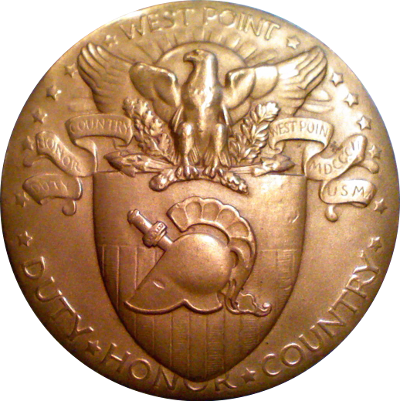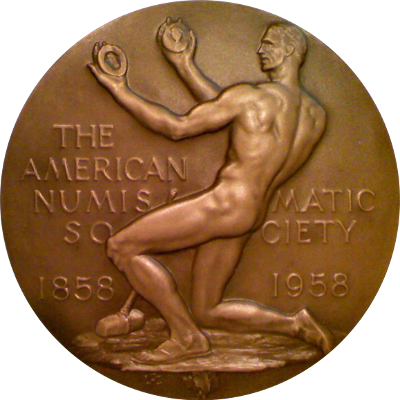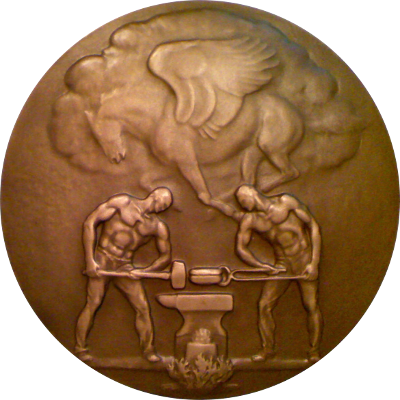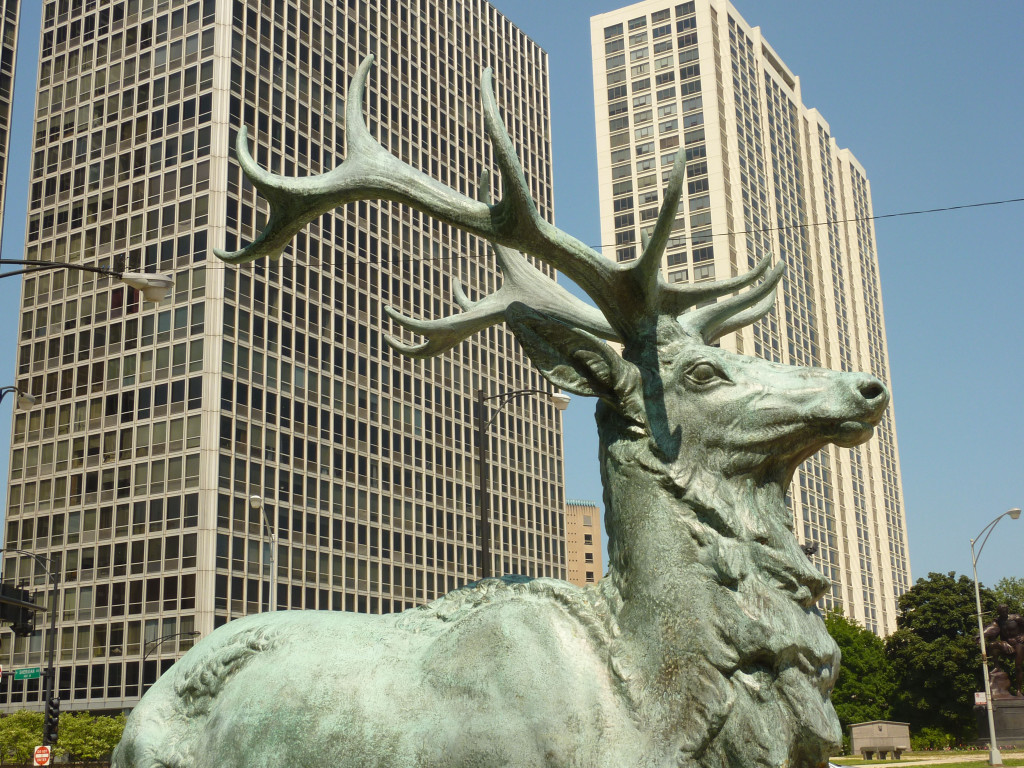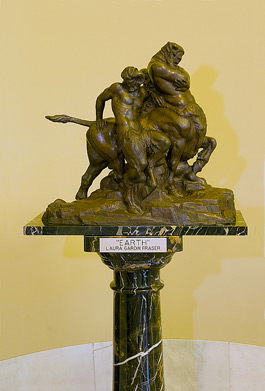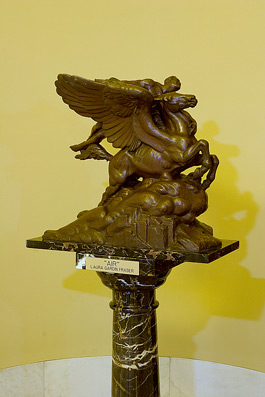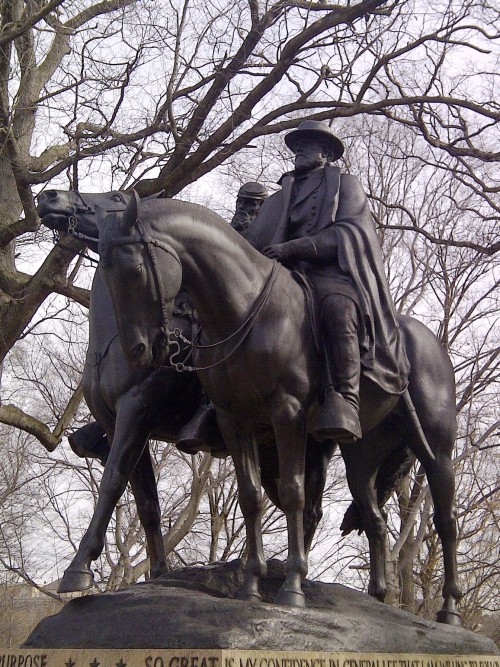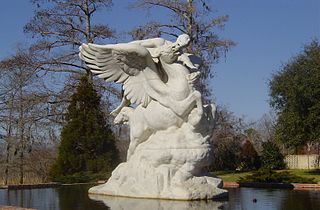Laura Gardin was born on September 14, 1889, the daughter of John E. and Alice Tilton Gardin. She attended the Horace Mann School in New York and by the time she graduated she had already completed two portraits and many small animal sculptures. Her formal sculpture education began at the Art Students League where she won the Saint-Gaudens Medal in her first year, a scholarship in her second year, and the Saint-Gaudens Figure Prize in her last year. She studied under James Earle Fraser whom she married in 1913. The couple purchased a house in Westport, Connecticut and built a studio that would remain the center of their professional lives till the very end.
Her early works were mostly of small size. Babies and animals, particularly horses and dogs, were her favorite subjects. Later she turned to work on a larger scale, and completed the reclining elks in front of the Elks National Veterans Memorial in Chicago as well as two small sculptures residing in the memorial's rotunda.
She designed a large number of medals, including the Lindbergh, George C. Marshall, and Benjamin Franklin Congressional Medals of Honor, the U.S. Army and Navy Chaplains medal, as well as medals for the National Geographic Society, the American Bar Association, the National Sculpture Society and many others. In 1936 Laura Fraser won an invitational competition for a double equestrian statue of Robert E. Lee and "Stonewall" Jackson to be placed in Baltimore, Md. Twelve years were required to complete that work. She also completed a "Pegasus" for Brookgreen Gardens in South Carolina, a twenty-foot relief entitled "Oklahoma Run," busts of Gilbert Stuart and Mary Lyon, and three large relief panels depicting American history which were placed in the West Point Library.
Laura Fraser only cooperated with her husband on one project, the Oregon Trail Memorial Half Dollar. She survived James by 13 years to die childless on August 13, 1966. Without heirs, their studio was demolished and many of their plaster models and dies were disposed of or destroyed.
